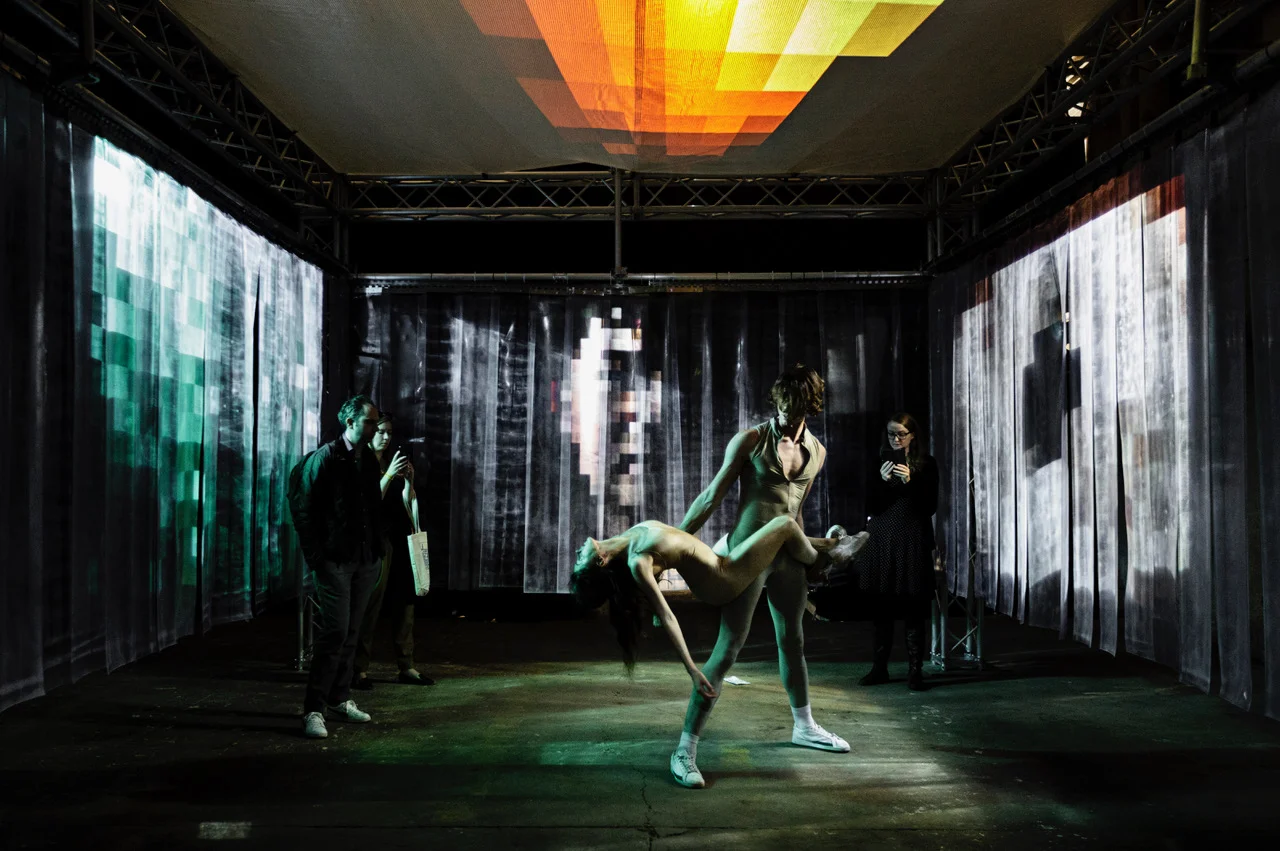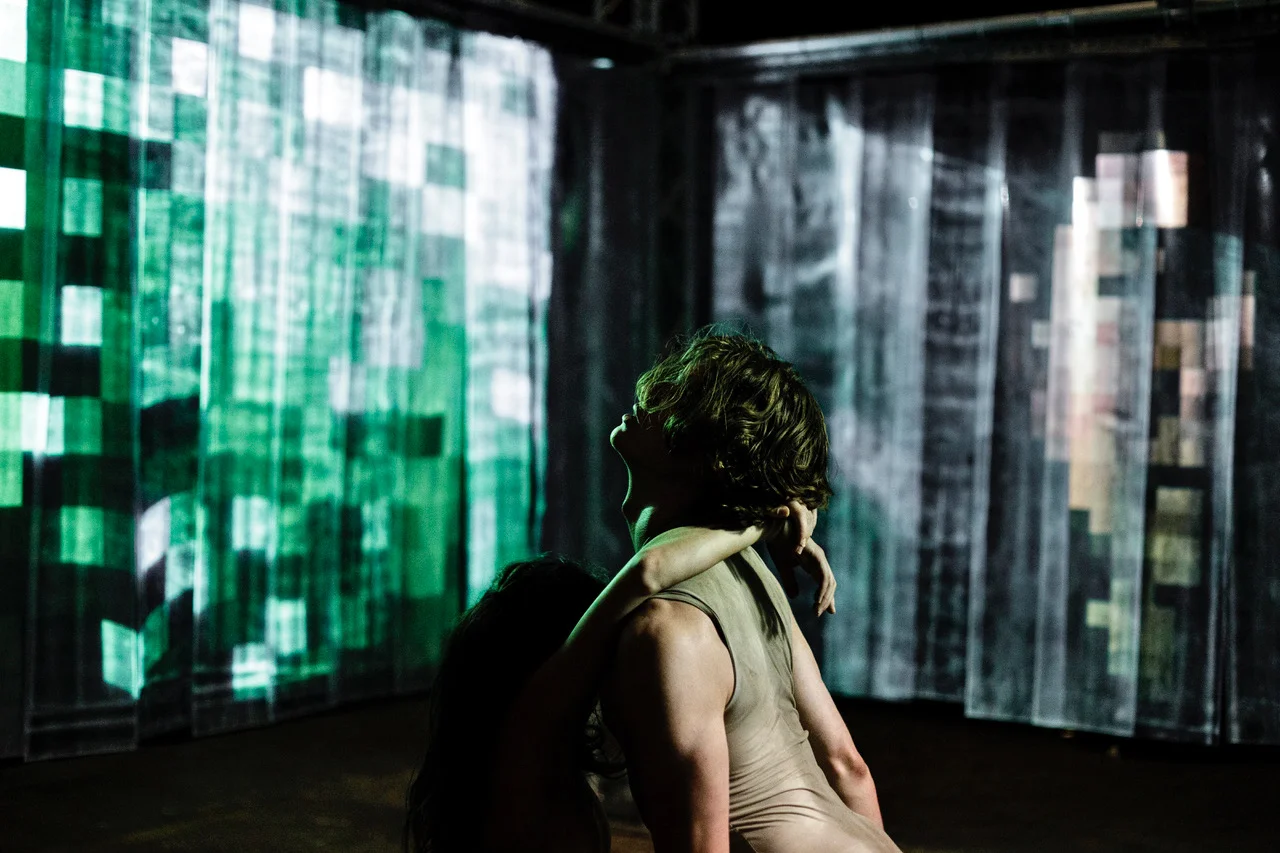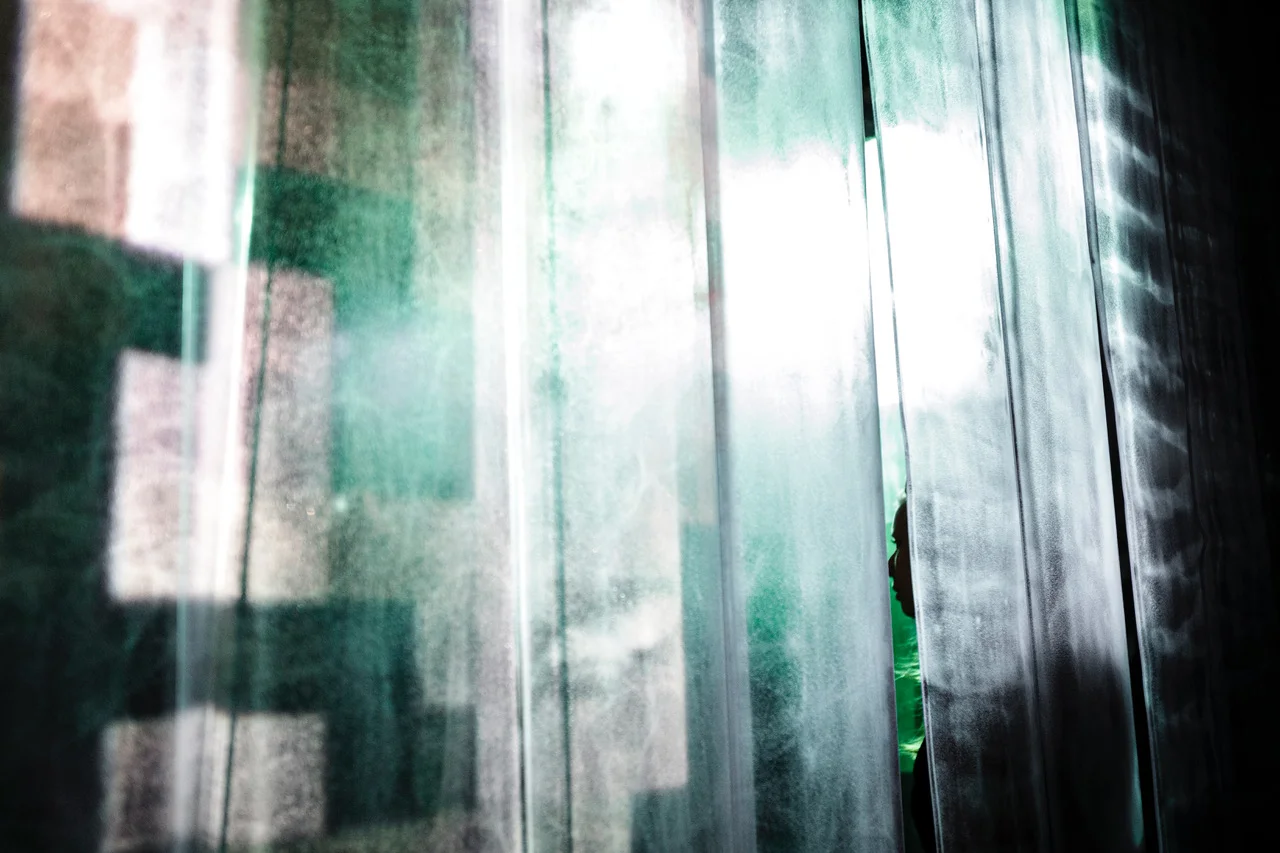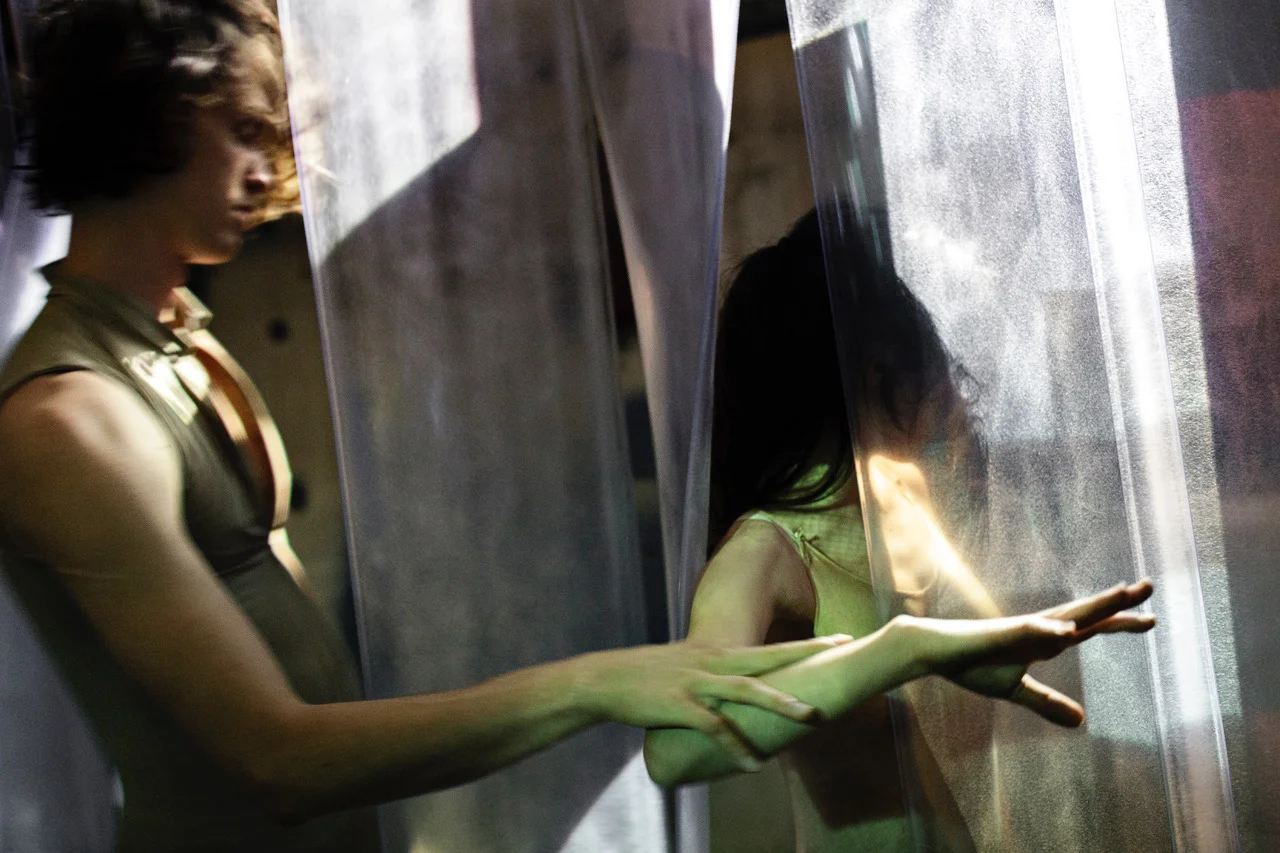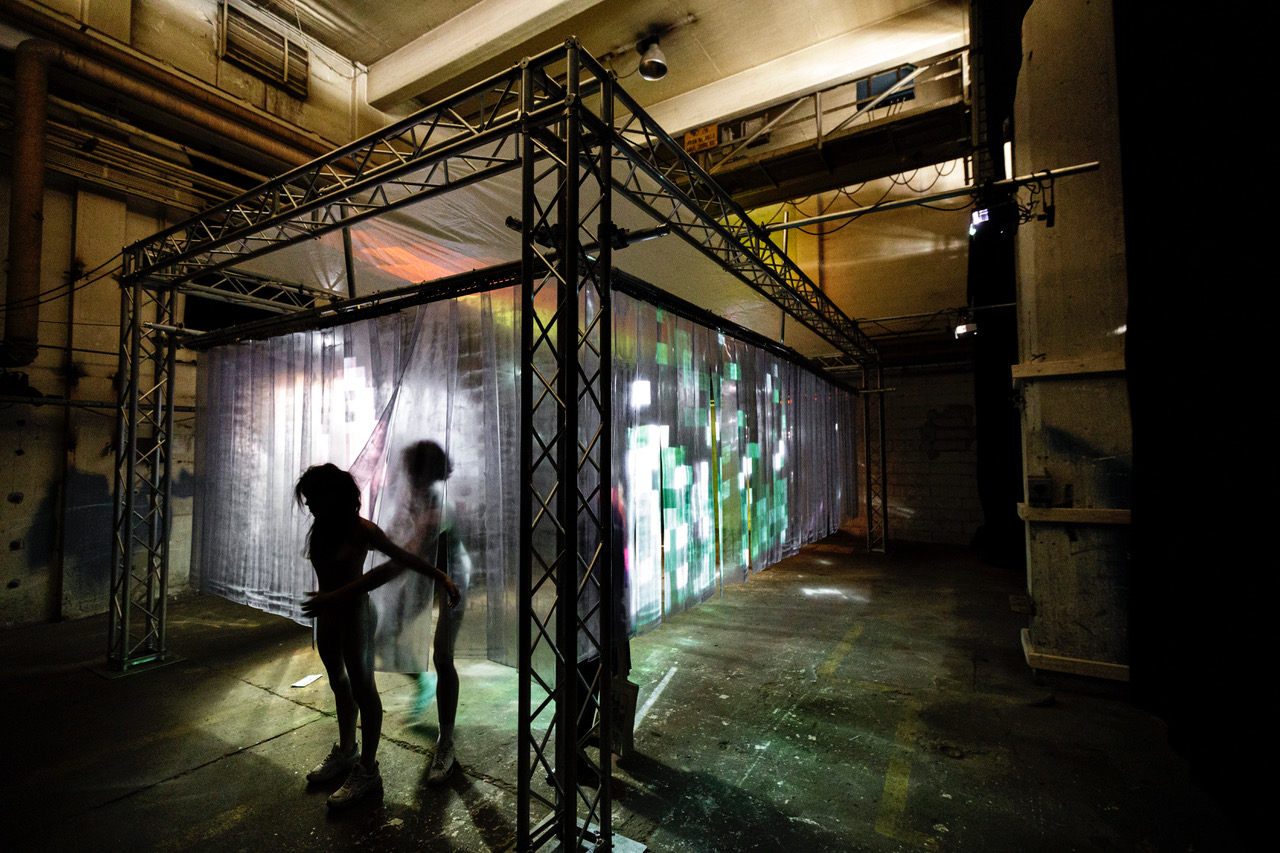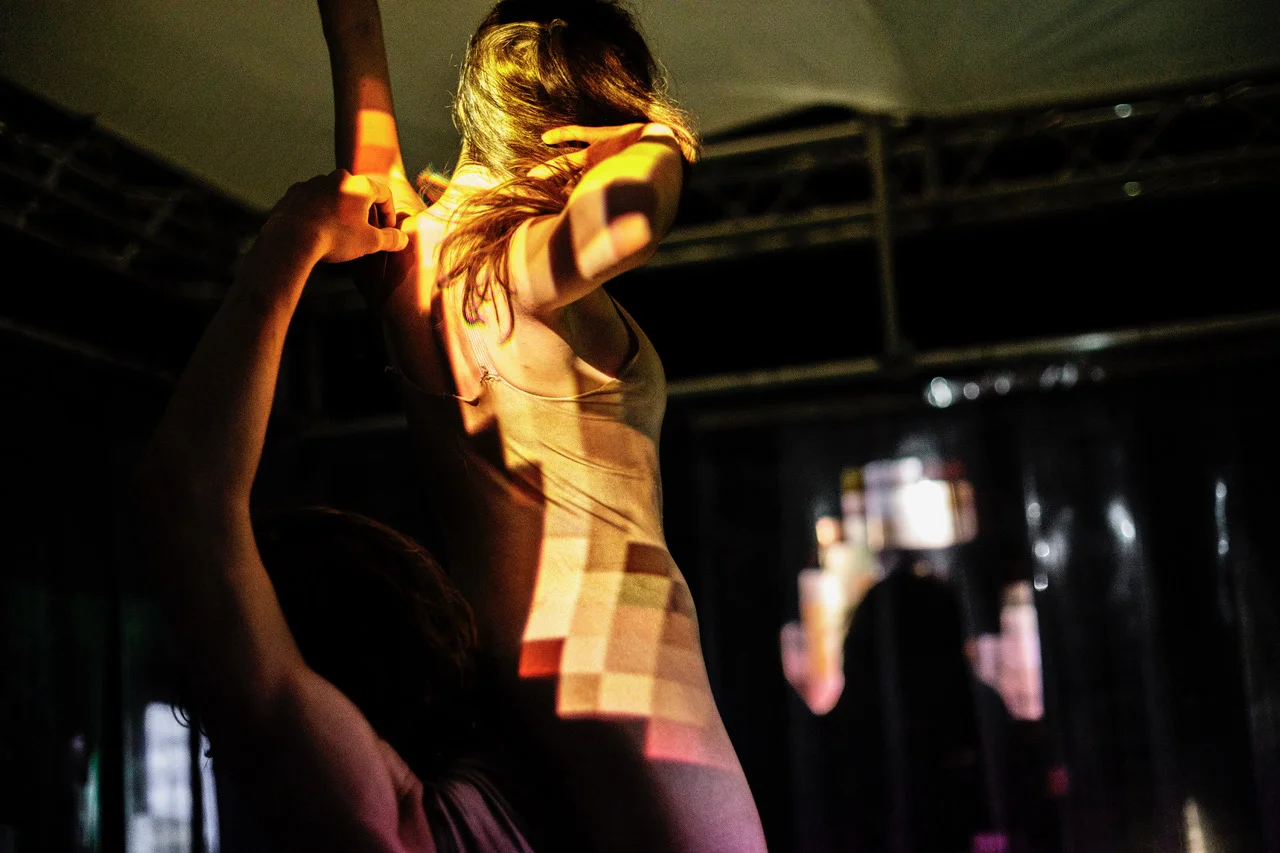KOMA RETREAT: Interview with Sebastian Kloborg and Mathias Løvgreen
Eukene Sagüés and Samuel Scott Rees, © Løvgreen & Kloborg
By Anita Sheih
Anita Sheih: What brought you to the arts?
Sebastian Kloborg: Both of my parents are former ballet dancers, and I grew up in a theater environment. I didn’t become interested in ballet until I was 13 years old, which is late in the ballet world, but I never regretted it.
I started choreographing in 2011 at a workshop at The Royal Danish Ballet. I don’t know how it started exactly, but I went for it. From there, I choreographed smaller pieces in different settings until I was asked to make my first creation for the big stage of The Royal Danish Theatre in 2015.
I have always been curious to explore other art forms and mediums. Now I like to use all sorts of styles in my choreography and generally use a more contemporary approach to my works.
Mathias Løvgreen: I was also brought up with the arts as my daily entertainment. Both of my parents were very eager to bring me to museums, classical concerts, and the like. I actually wanted to be a pilot once.
But when I was a child, I spent a lot of time looking at news photography in Danish dailies. I was very drawn to the fact that you could tell both beautiful and horrible stories through a visual medium. My own photography has developed from photojournalism to abstract storytelling.
© Løvgreen & Kloborg
Anita: How did you two meet and begin collaborating on your current exhibition at the Copenhagen Photo Festival, KOMA RETREAT?
Sebastian: We met four years ago when Mathias did a small film portrait of me for a Danish newspaper. That day was the start of a close friendship that has now developed into an artistic collaboration. We lived together in The Hague, Netherlands, where we both searched for a change in scenery away from Copenhagen.
KOMA RETREAT started when I was invited by the Beijing Dance Theater to create a dance piece for 20 dancers in the fall of 2017. I invited Mathias to come to Beijing to document the process, and that’s how this project began.
Anita: What was your inspiration behind the project?
Mathias: When we were in Beijing, we noticed the way that many people there had sort of distanced themselves from the physical world. One evening, we were out for dinner, and a table of four Chinese men were eating with one hand and using their phones with the other. Not one word was shared amongst them throughout the dinner. Since the topic of digitalization has been depicted in many ways, we roamed through other artists’ exhibitions and performances for inspiration for “our” way of telling the story. We were also very eager to see what would happen if we mixed our two art forms—videography and choreography—into an audience-focused installation.
© Løvgreen & Kloborg
Anita: The exhibition seems to deconstruct photography and the world into individual pixels. What motivated you to choose this visual language for the project, and what do you imagine it communicates to the viewers?
Mathias: In China, where this project began, a lot of public thoughts are censored. One of the ways to censor visual things is to block it into squares, so you can’t see the details. I found this to be a very interesting way to deal with contemporary videography, which often tries to be as high-definition as possible. In the exhibition, the fact that you have to get further away from the video to see its context is also quite an interesting dance for the audience to watch.
The theme for KOMA RETREAT is how we see ourselves in the shift from organic existence to digital identities. And since imagery these days often tries to be hyperrealistic, it is interesting to see how we perceive ourselves in a hyper-digitized arena. Because the brain can actually form figures out of just a few pixels, you don’t need a lot of information to create an image and story in your head. We hope it raises some physical questions for the audience since there is actually not a lot to see.
© Løvgreen & Kloborg
Anita: Why did you want to incorporate the element of dance into the piece?
Mathias: Incorporating choreography is a way to make the installations change from a static to an organic form. When the dancers are not there, the audience members become the sole organic creatures in the installation, and at that moment, you could call them dancers. The audience moves around, exploring and searching within the installation and each other, just as the dancers do in their choreography.
Another important part of the physical installation is the butchers curtains, which the projections are on. With the element of the curtains, the audience must decide which side of the projections to stand on. It’s interesting to see which people tend to stand on the outside looking in and which put themselves in the box of projections. The experience of this installation facilitates and necessitates movement, allowing the brain to start seeing the room differently and the body to immerse itself in the experience.
Anita: Where did you draw inspiration from for the choreography of this performance?
Sebastian: It was important to us that the choreography would be as simple and discreet as possible. The dancers perform very simple tasks that are all based on human gestures like hugging and holding hands. The dancers maintain either physical contact or eye contact throughout the performance to emphasize the human connection in the highly pixelated environment.
© Løvgreen & Kloborg
Anita: Dance is a temporal medium, and the live observation of performances is limited to the time and place in which they are performed. How do you think this informs your work or your sharing of your work?
Sebastian: In today’s society, people will soon want a retreat from the online accessibility of films, television, and music. I think interest in live performance, such as dance and motivated movement, will continue to grow in the future. I think Mathias and I will keep searching for the connection between the digital and the human. A video installation or live performance should always be experienced live. Of course, you can make a trailer (and we will), but it’s all about sharing that moment that is gone seconds after.
Anita: Copenhagen Photo Festival’s vision is “to strengthen our ability to consider photography as a form of expression.” How do you feel that your work does that?
Sebastian: I feel photography today is an even stronger art form because everyone can take a decent photo with their phone. It’s accessible and relatable to everyone.
Mathias: That accessibility forces photographers to be even more curious about the medium and to evolve the ways in which we use it in our work. We owe it to photography to develop it as a form.
Sebastian: I think our piece demonstrates that photography can be so many things. It can be more than a still photo. We have tried to create a small universe of pixels—the mother of all photographs.
© Løvgreen & Kloborg
Anita: What do you feel you gained from this multimedia, collaborative experience?
Sebastian: I think this experience has opened our eyes to how the audience reacts to and engages with our work. It’s really exciting to see people staying in it for a long time.
Mathias: This has definitely shown us that we should stay curious in finding mediums that fit our stories and questions. KOMA RETREAT has developed a lot from the initial idea nearly two years ago to the final product today. Some of the physical elements were added or discarded just a couple of weeks before the opening, simply because it felt right. And the collaboration with Sebastian has been just pure joy, because I know he will always tell the truth.
Anita: Where do you think you are going next with your artistic practice?
Mathias: No idea, but we do have a couple of questions and thoughts concerning contemporary human interaction that we want to explore.
Sebastian: I think we will keep investigating the field of movement-motivated works because we’ve come to really value the audience experience and voluntary engagement.
© Løvgreen & Kloborg
For more information, please click here.


